The centenary of the First World War is a timely opportunity for sophisticated exhibition, research and public engagement projects across UK public collections, some of which subtly but powerfully link to the conflict. In July 1914, a representative group of 18 works by Auguste Rodin, selected by the sculptor himself, were shown in an exhibition of contemporary French art at Grosvenor Gallery in London. As war broke out, the sculptures were stranded in England, and moved (at first temporarily) to the care of the Victoria and Albert Museum. By November, Rodin decided to donate these works to the nation, in honour of the British soldiers fighting beside his countrymen in France.
These now form the core of the V&A’s important collection of works by the father of modern sculpture. A conference was recently held there to celebrate the centenary of the gift, and to interrogate the enduring significance of this group of objects for British art.
The conference’s morning session, with Rodin specialists Alicia Robinson, Catherine Lampert and Antoinette Le Normand-Romain, charted the sculptor’s long relationship with England, from the 1880s when he enjoyed the support of an influential circle of friends and collectors, to the complex negotiations with the V&A’s authorities at the time he gifted his work.
The second session looked at Rodin’s role in the emergence of modern sculpture in Britain. Jacob Epstein, Richard Cork argued, was perhaps as controversial an artist as Rodin. Their work shares a modernist simplicity, honesty of observation and shocking sensuality. Epstein’s revolutionary Rock Drill (1913–15), first conceived as a triumphant figure mounting powerful machinery, presaged the onslaught of the First World War. It was subsequently transformed into a dismembered torso as a symbol of the fragility of the human condition, and recalls Rodin’s fascination with the notion of damage and accident. Jenny Powell revealed that Henri Gaudier-Brzeska adored Rodin more than any other artist, and she observed, through their work and writing, their common preoccupation for rhythm, drawing and the physicality of the human figure.
The art dealer Robert Bowman considered collecting and the market, to shed light on the thorny question of edition, value and authenticity. Rodin was keen to see his art enjoyed by the greatest number, and to ensure that his place in the history of art would not dwindle. In addition to the lifetime casts produced with his authority, aftercasts continue to be authorised (and produced) by the Musée Rodin, according to the sculptor’s own wish. This talk allowed for consideration of casting techniques, the choice of foundries and patination preferences, but also of how the transposition from one medium to another (from plaster to bronze or marble) alters how we feel about a piece of sculpture, or how the personality of the practitioner charged to transpose the original design may affect the finished piece.
Most revealing perhaps was the final session, on Rodin’s impact on today’s studio practice, illustrated with the work of three graduates from the Royal College of Art. As such, they felt Rodin’s influence from their early days, when they used the V&A collection as a primary resource for study. This panel allowed three seminal strands of Rodin’s work to be approached through contemporary eyes: the discipline of drawing and modelling; the figure in movement; fragments and found objects.
Nicola Hicks talked evocatively of the revelation of seeing Rodin’s work ‘in the flesh’: at once being able to imagine his fingerprints running over it, and feeling invigorated by his sculpture. By linking this influence to her own practice, she evoked how sculptors approach the act of making, from the initial sheet of paper, to modelling matter, through to the agony of casting in bronze.
Melissa Hamnett (who today works as the Curator of 20th Century and Contemporary Sculpture at the V&A) discussed how the installation ‘Tony Cragg at Exhibition Road’ showed the perpetual legacy of Rodin for contemporary sculpture. As an ‘explorer of hybrid forms in the process of becoming’, Cragg, like his predecessor, is concerned with the deconstruction of movement. Selecting sculptures of his own to display with Rodin’s, Cragg devised fascinating formal dialogues on the exploration of transitional states, spatial and temporal.
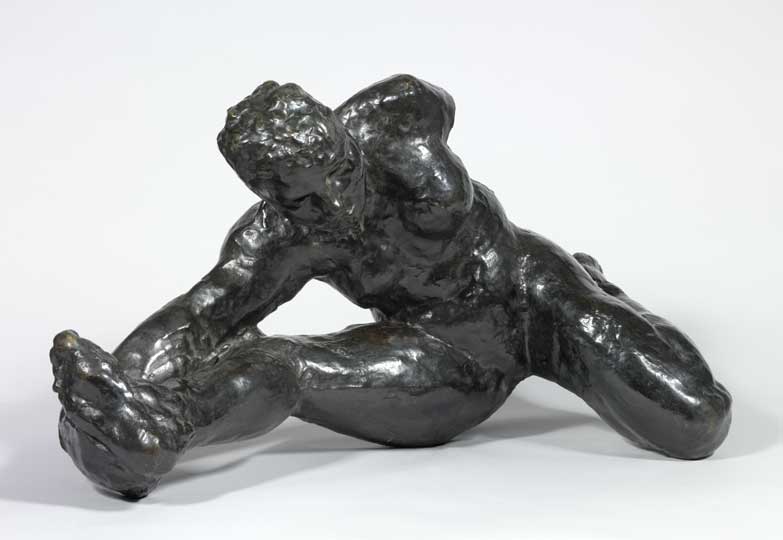
Crouching Woman (1891), Auguste Rodin. Given to the V&A by Rodin in 1914 © Victoria and Albert Museum, London
Rodin shocked his contemporaries with visceral assemblages of body parts, the incorporation of accident, and by leaving sculptures unfinished. Likewise, Daniel Silver uses found objects and ‘unwanted relics’ as the basis for some of his work, while he also reworks broken sculpture, or creates disturbingly mutilated heads inspired by a visit to the Freud Museum.
Bringing together curators, scholars, dealers and artists, this conference was a thought-provoking reminder of how Rodin’s sculpture was radically modern in his lifetime, and remains so today. It also reminded us of the role of museums. The Rodin gift was not only to become a memorial to the heroes of the Great War. By bringing the work of an artist who changed the norms of sculpture to a museum designed to promote knowledge and inspire creativity, it was to educate the eye of the public, and offer an example for coming generations of artists.
Find out more about Rodin’s gift to the V&A on their website
Related Articles
Review: ‘Rodin – In Private Hands’ at Bowman Sculpture (Lowenna Waters)
Gallery: ‘Mapplethorpe – Rodin’ at the Museé Rodin
Unlimited access from just $16 every 3 months
Subscribe to get unlimited and exclusive access to the top art stories, interviews and exhibition reviews.

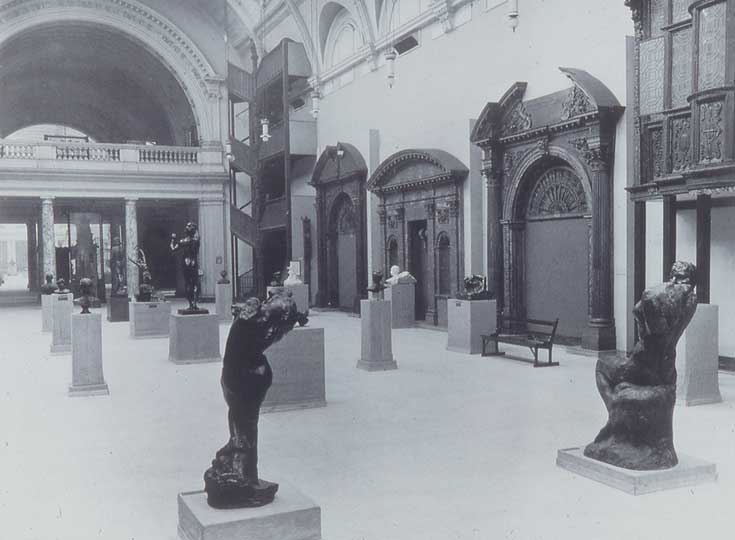
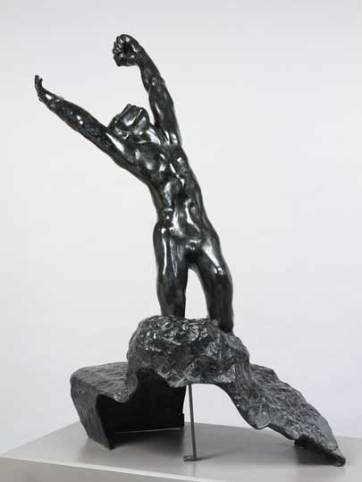
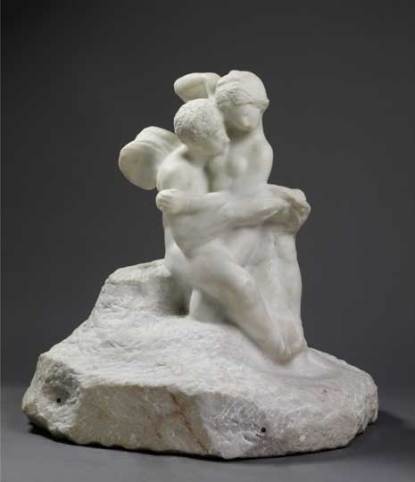
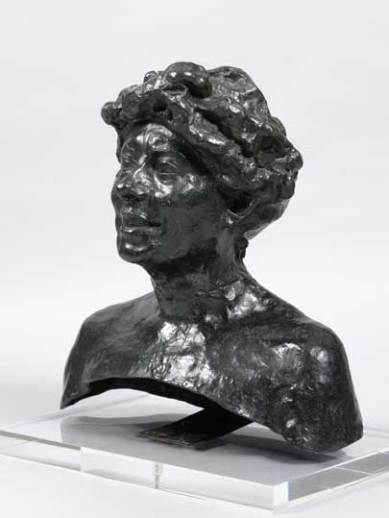
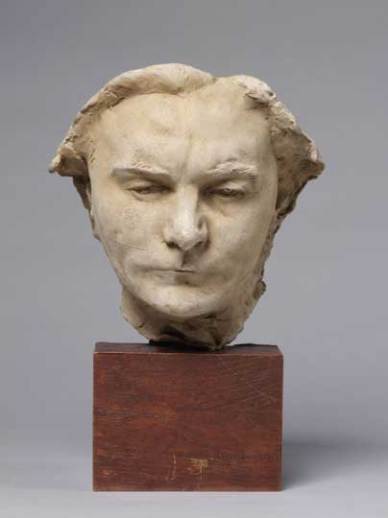
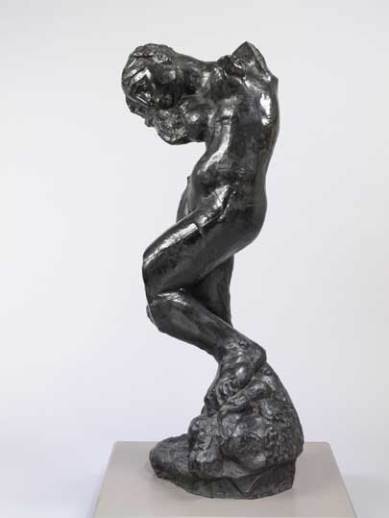
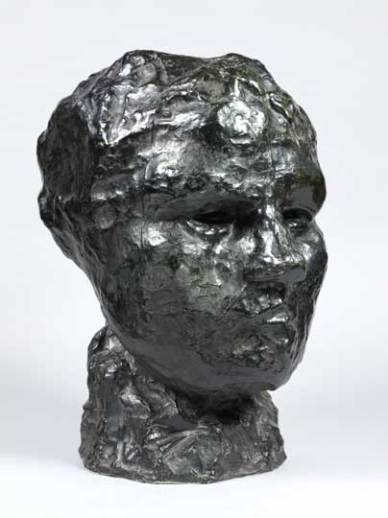
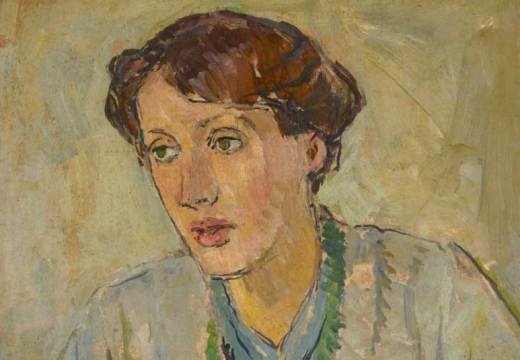
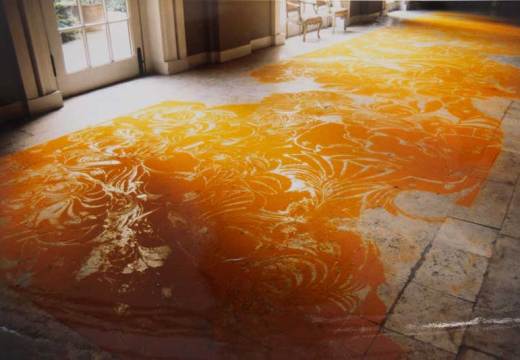










![Masterpiece [Re]discovery 2022. Photo: Ben Fisher Photography, courtesy of Masterpiece London](http://www.apollo-magazine.com/wp-content/uploads/2022/07/MPL2022_4263.jpg)
Why are fathers so absent from art history?